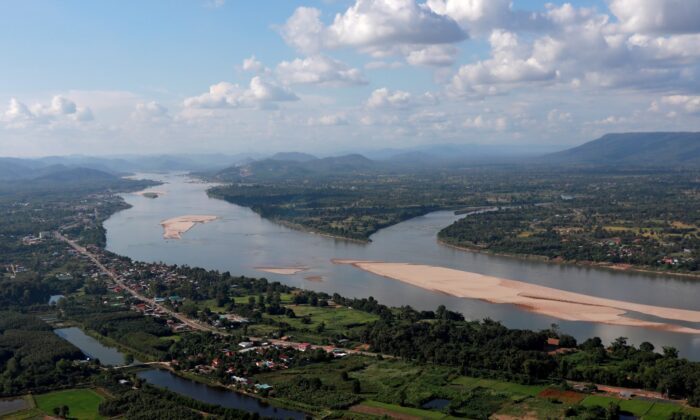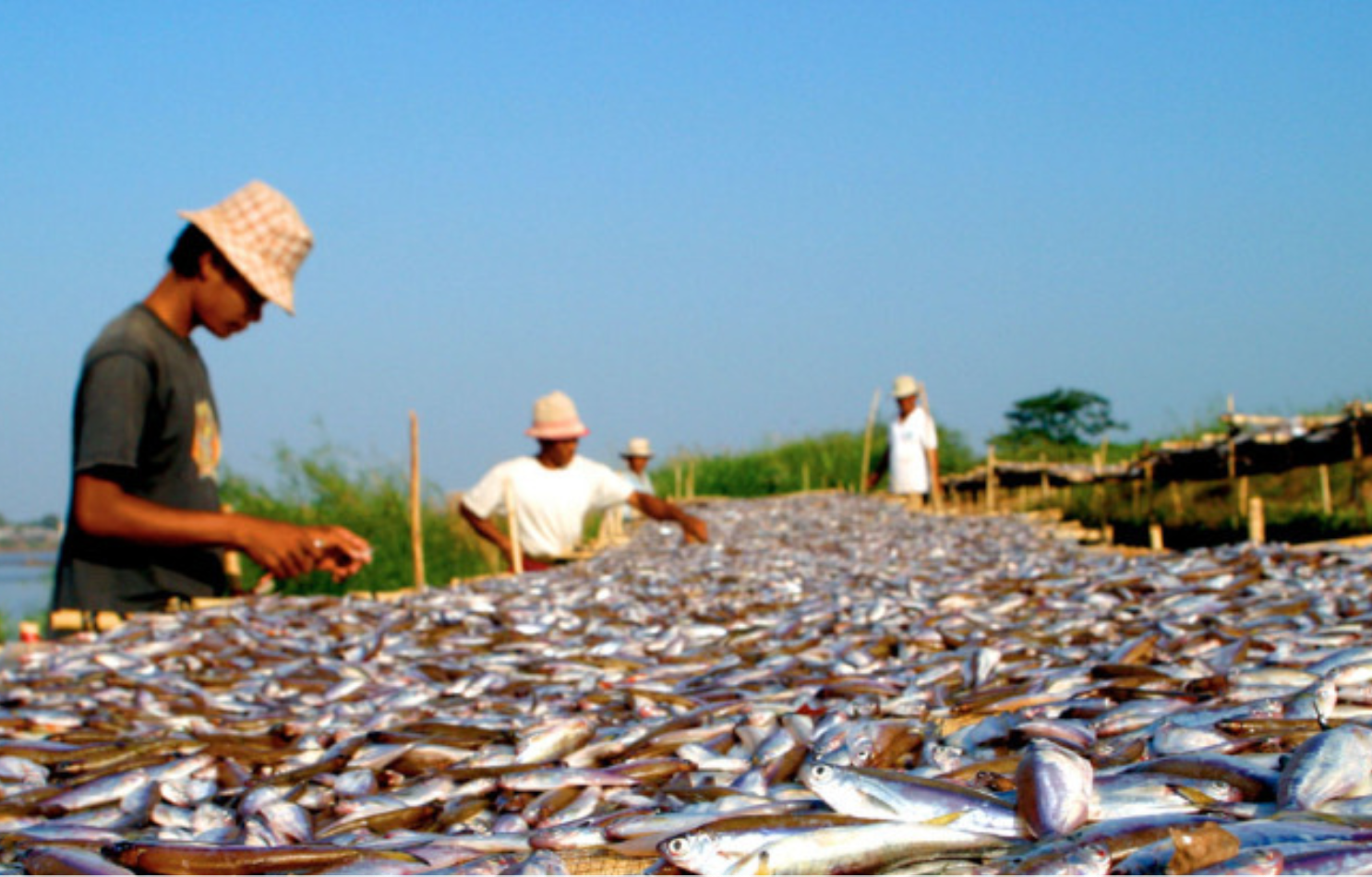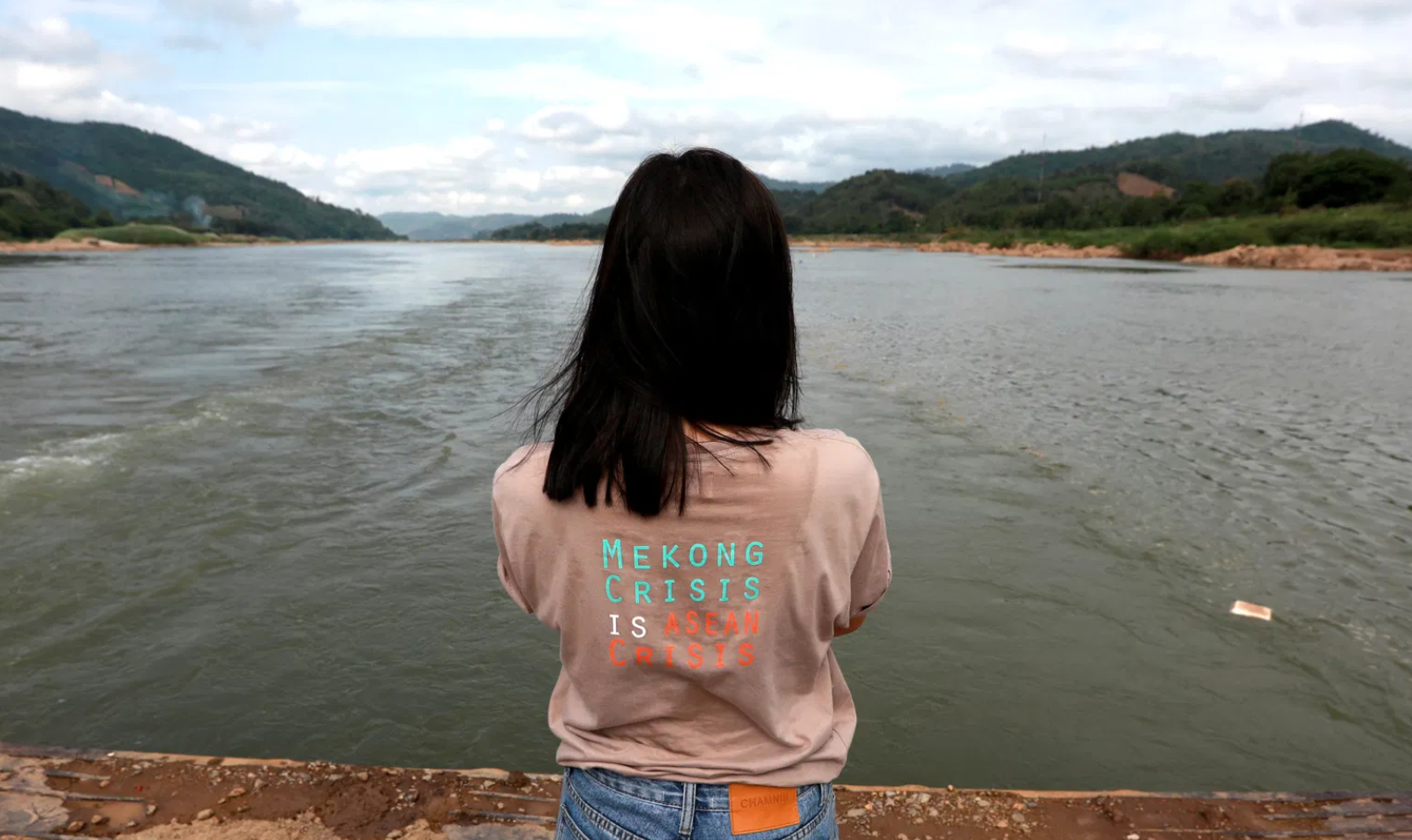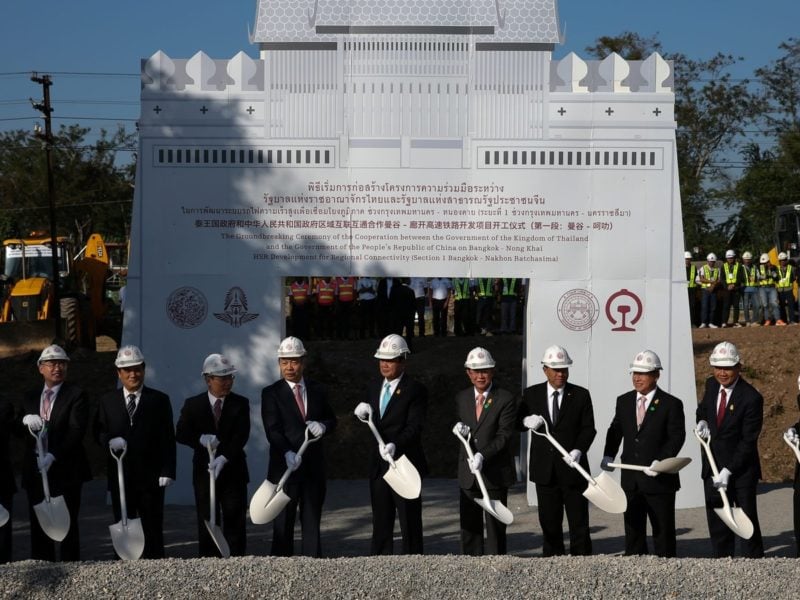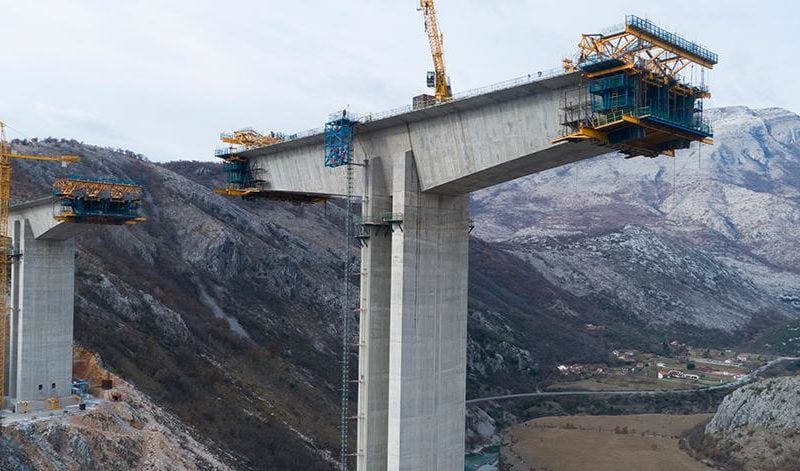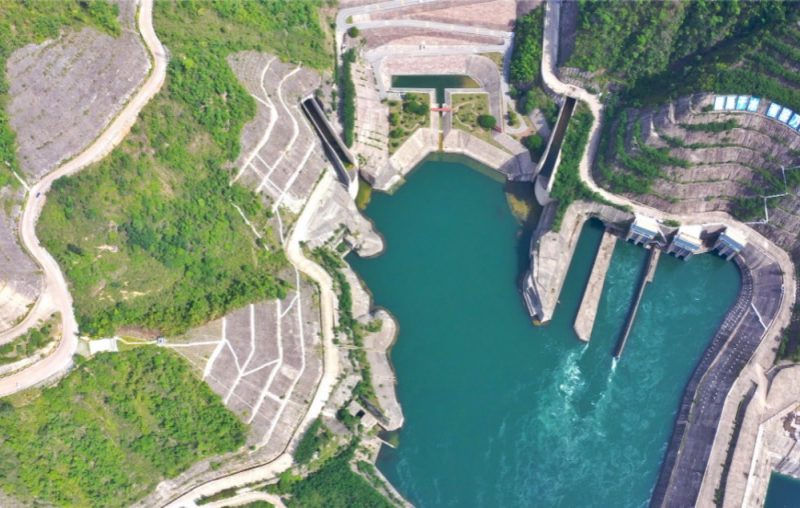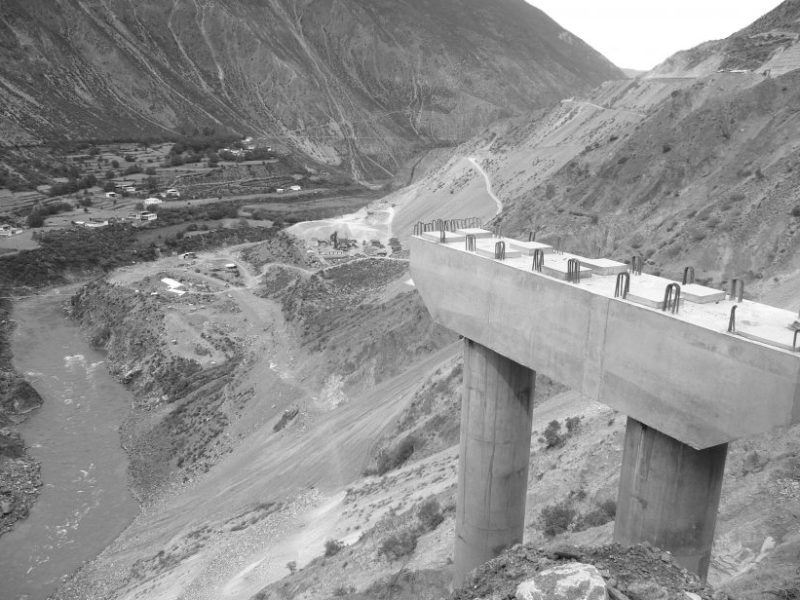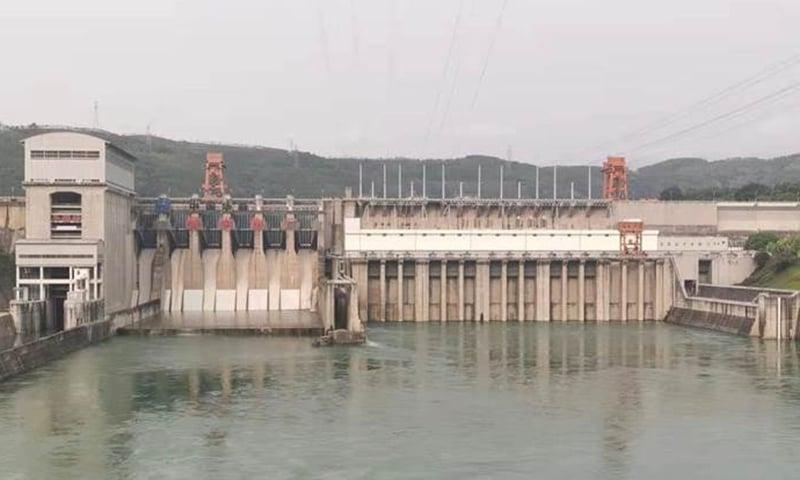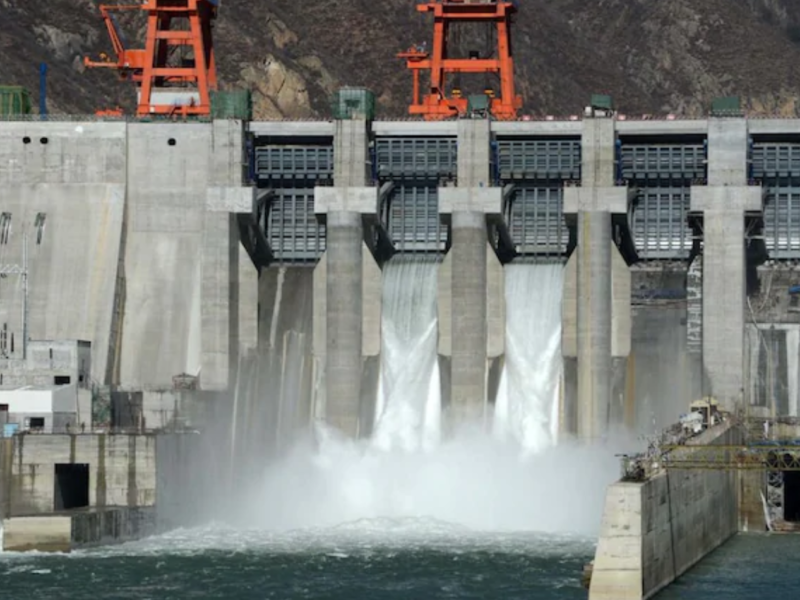Why are these five countries submissive to the CCP? Because they have been shortchanged.
Category: China
Mekong River dams cause foods and damages to farmers
Yanyong Srijaroen, WWF-Thailand Wetlands Project Manager stated that the operation of Chinese dams often involves the untimely and unexpected release of large amounts of water destroying the nests and eggs of young birds of the endangered species. Moreover, dams located at the source lead to salinization and the decline of fisheries, which affects the surrounding villages that depend on the river, as well as to its negative effects on crops because of the sediment that usually fertilizes crops at the top of the source.
China Is turning Its water-scarcity crisis into a weapon
The PRC is flexing its hegemony in its region, putting other countries at a disadvantage, and making them beholden to PRC consideration for a vital resource. Some say that Beijing is weaponizing water. This is a real danger. On closer inspection, though, Beijing’s actions reflect the government’s recognition that extreme measures are needed. Water scarcity for human consumption, power, and irrigation is a significant source of potential instability. China’s water problem is serious.
A green alternative to the BRI
Response to China’s Belt and Road Initiative has to contend with a history of authoritarian, carbon-heavy development that both China and its opponents have pursued
Protecting Biodiversity: Hydropower plant in southwest China sees success in breeding native fish species
There are six native species living in the Lancang River. Of the six, four of the species have been successfully propagated. Two are still work in progress.
4 Dams on the Upper Mekong in Yunnan, China
Considering the devastating downstream social and environmental effects of these dams, could these dams be part of a strategy to develop a “hydraulic empire,” maintaining regional power through control over access to water, while also relocating and assimilating minority peoples?
Mekong countries’ diplomats call for more experience sharing in water governance upon in-person visits to China’s dams
After visiting the Nuozhadu and Jinghong hydropower stations, built on the Lancang River – upstream of the Mekong River that links six riparian countries – in Southwest China’s Yunnan Province, last week, envoys learned about the running techniques of Chinese-built dams and underlined the potential contribution of reservoirs to downstream communities in regulating flood and replenishing drought.
China’s dam rush: critics query hydropower path to carbon neutrality
“Dam-building is still controversial in China because of environmental concerns. However, opposition is not as strong as before, because the need to achieve carbon neutrality is more pressing.”
After Mekong, China focuses to take control over Brahmaputra’s water
Brian Eyler, an expert in rivers who is the director of the South East Asia Program at the Stimson Center said China has built several small- and medium-sized dam and as per an analysis of recent data on Chinese dams, “these operations have delivered deeper and deeper cuts to the downstream communities of the once-mighty Mekong river.”


